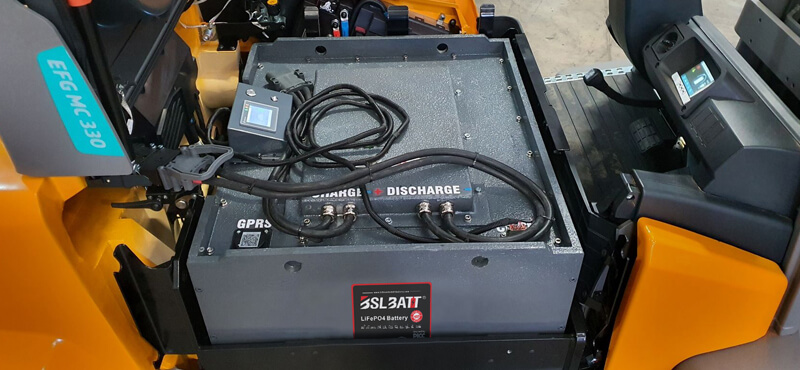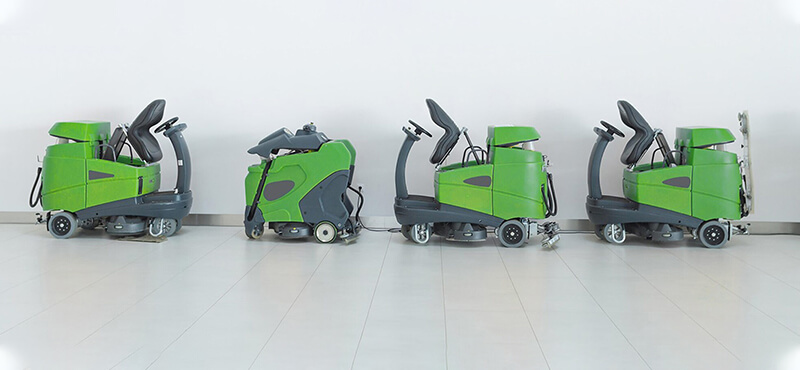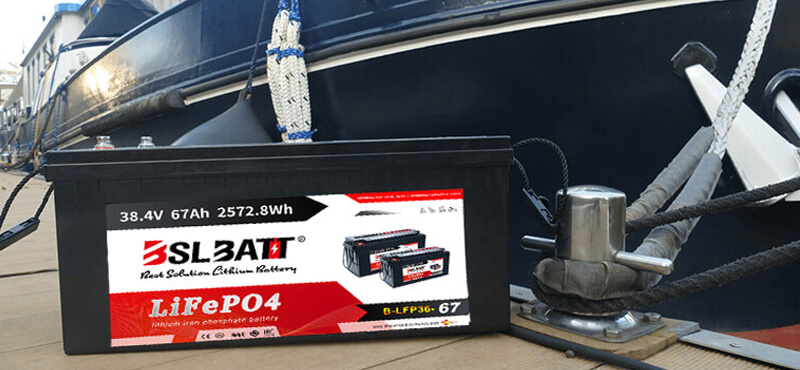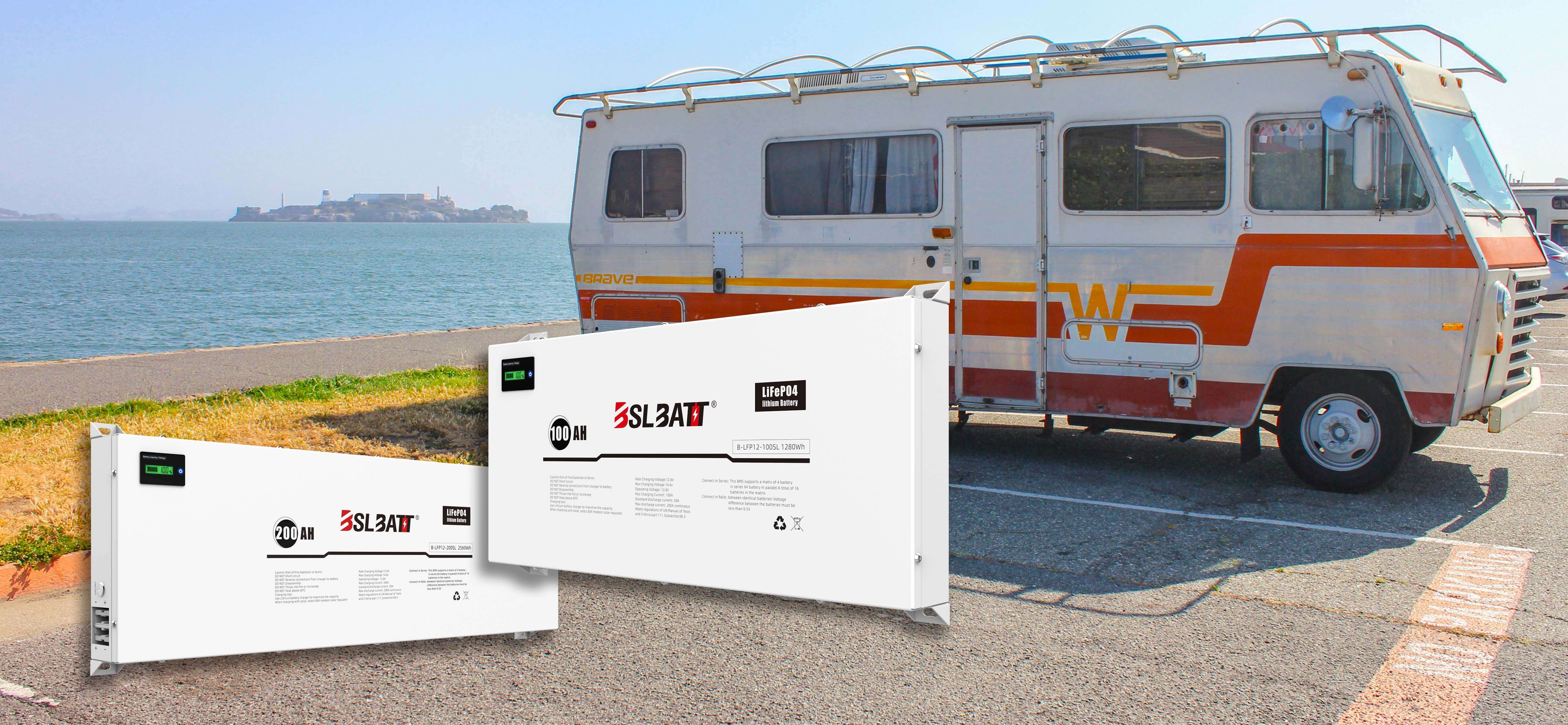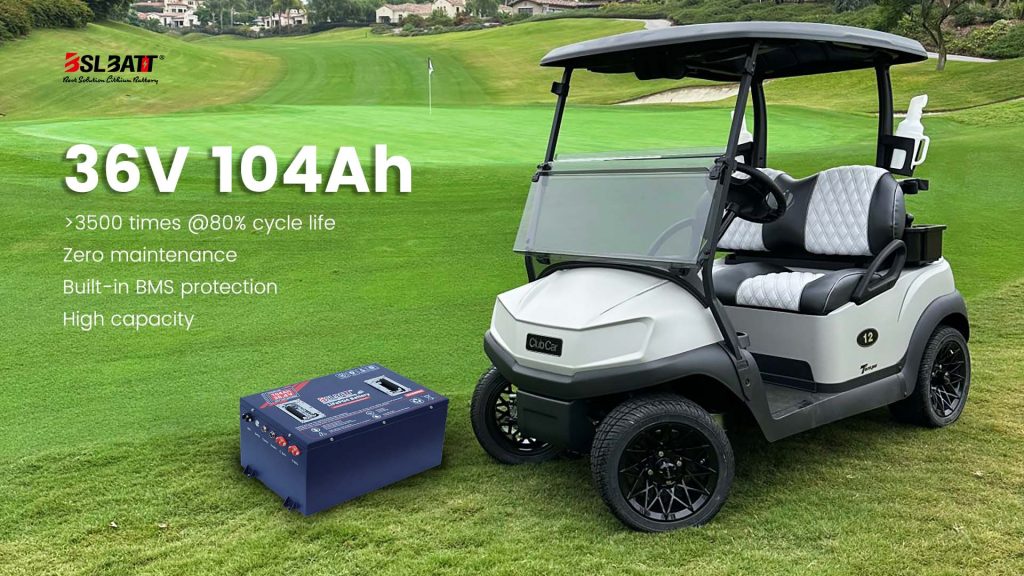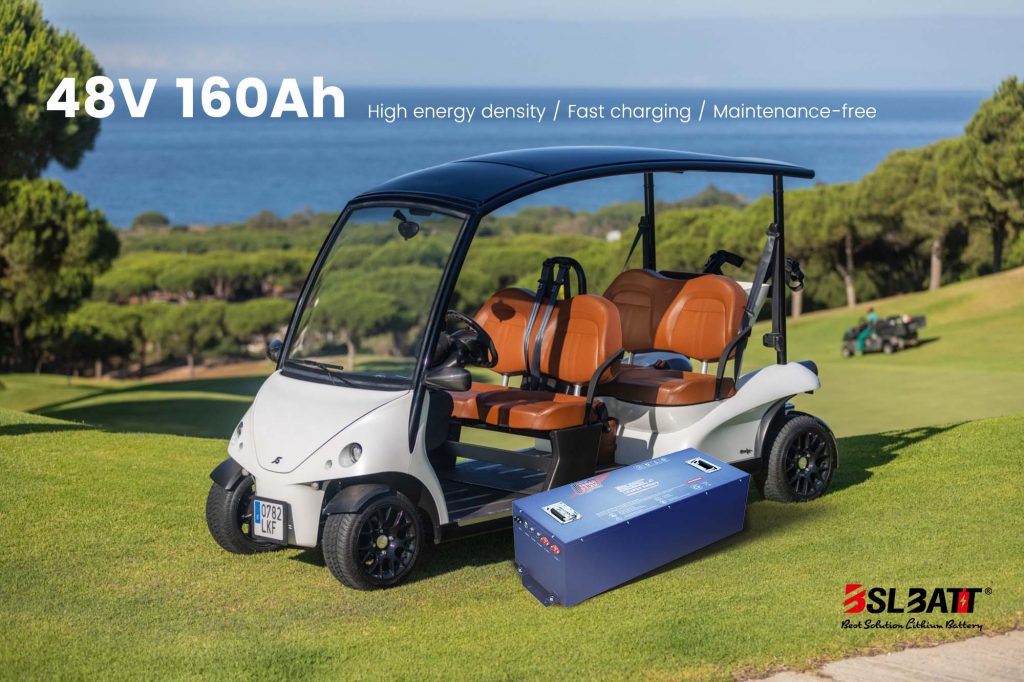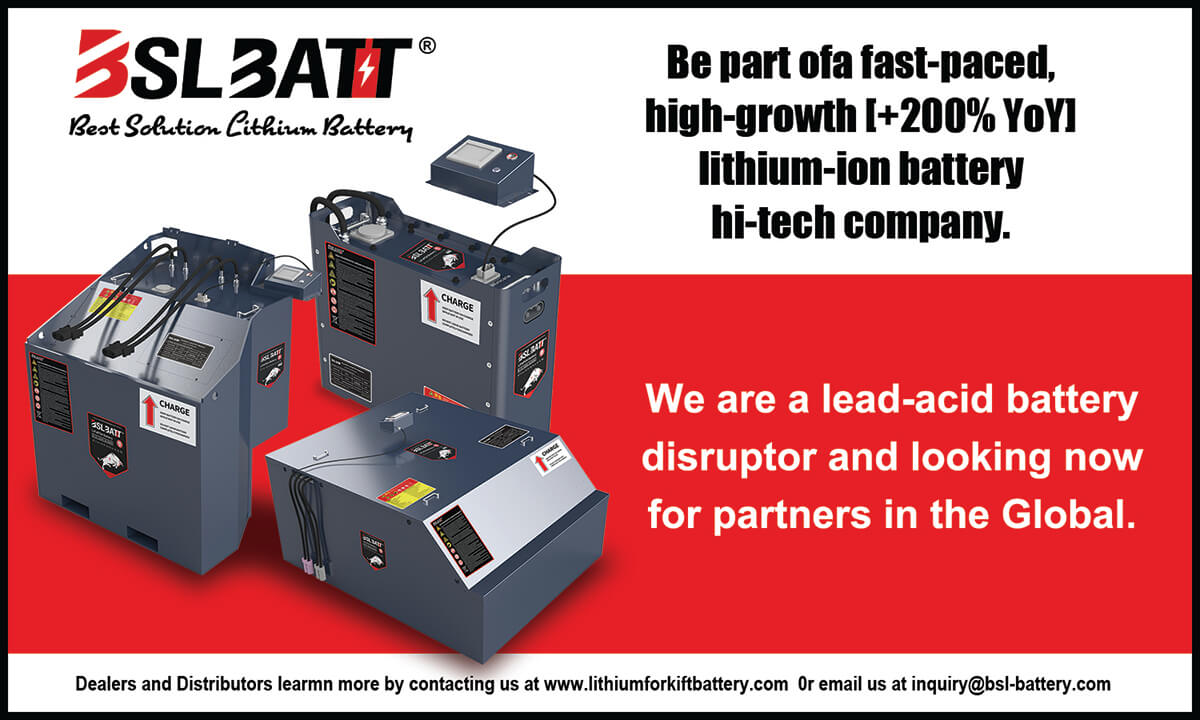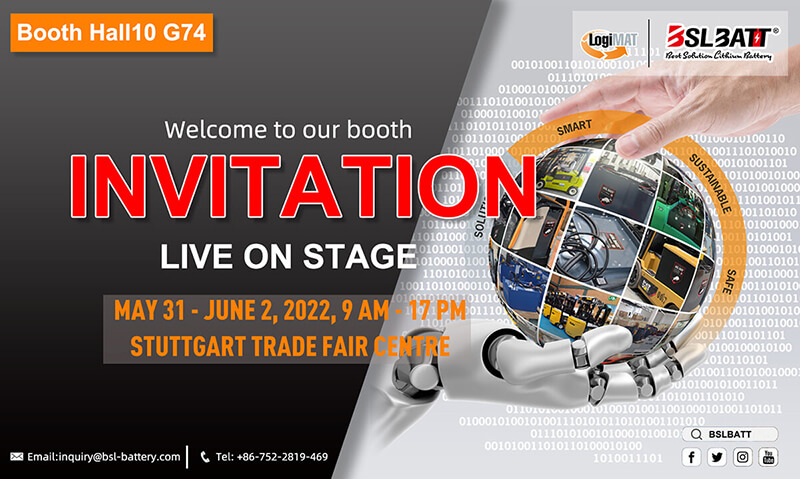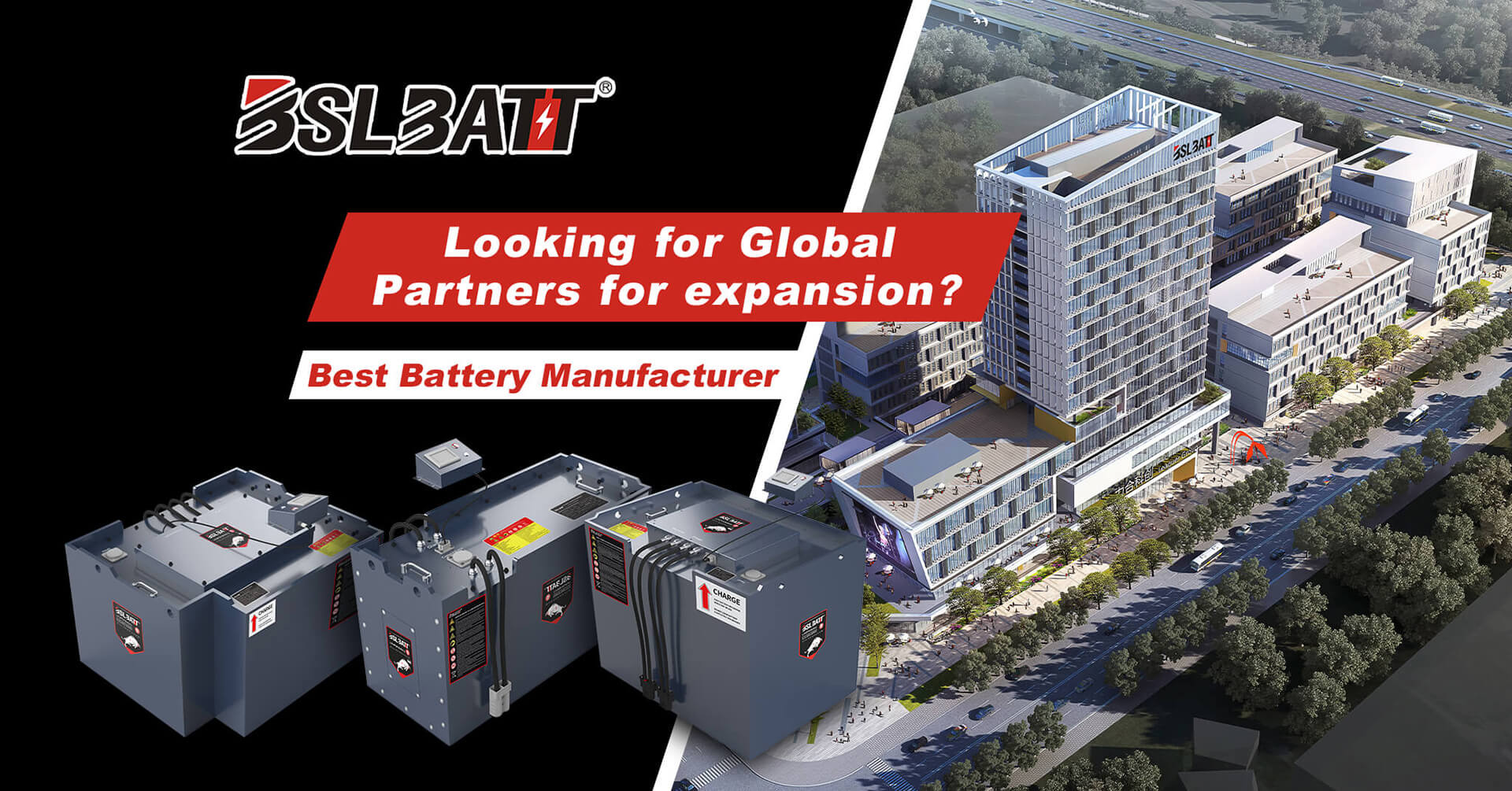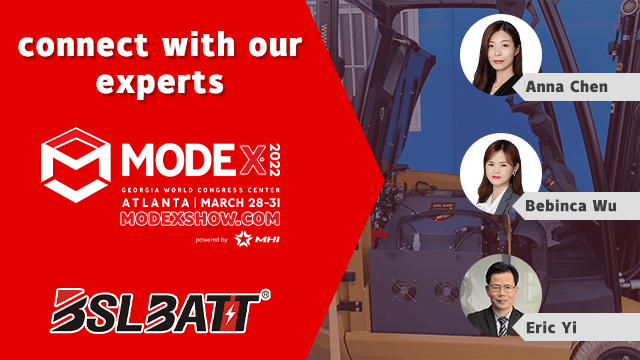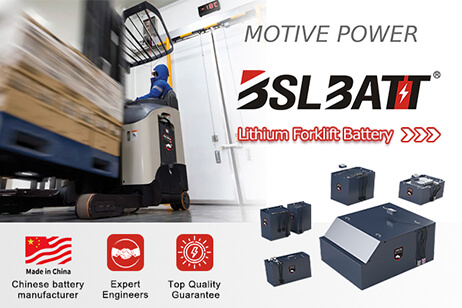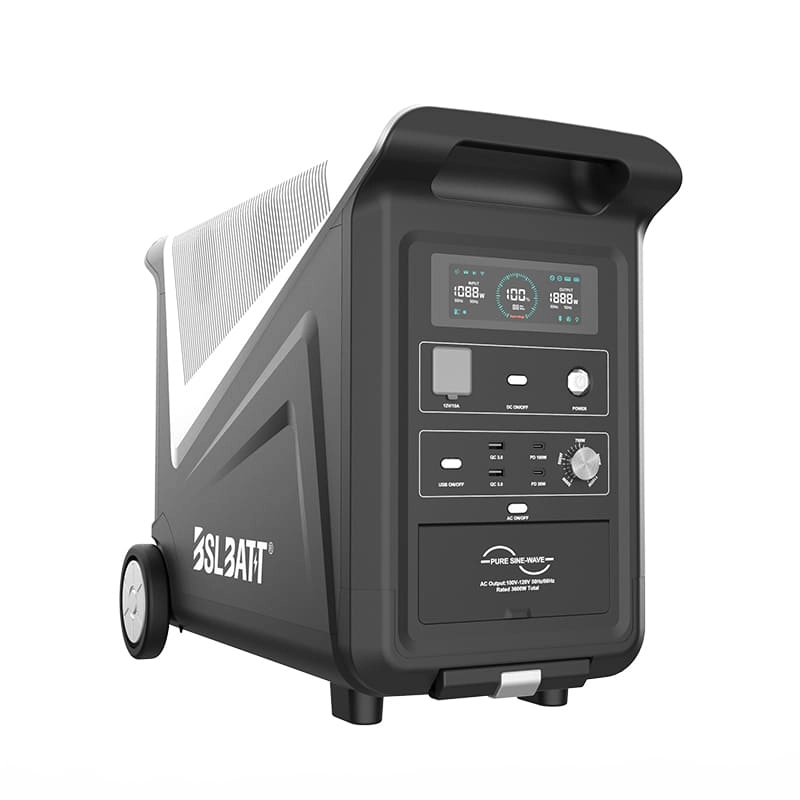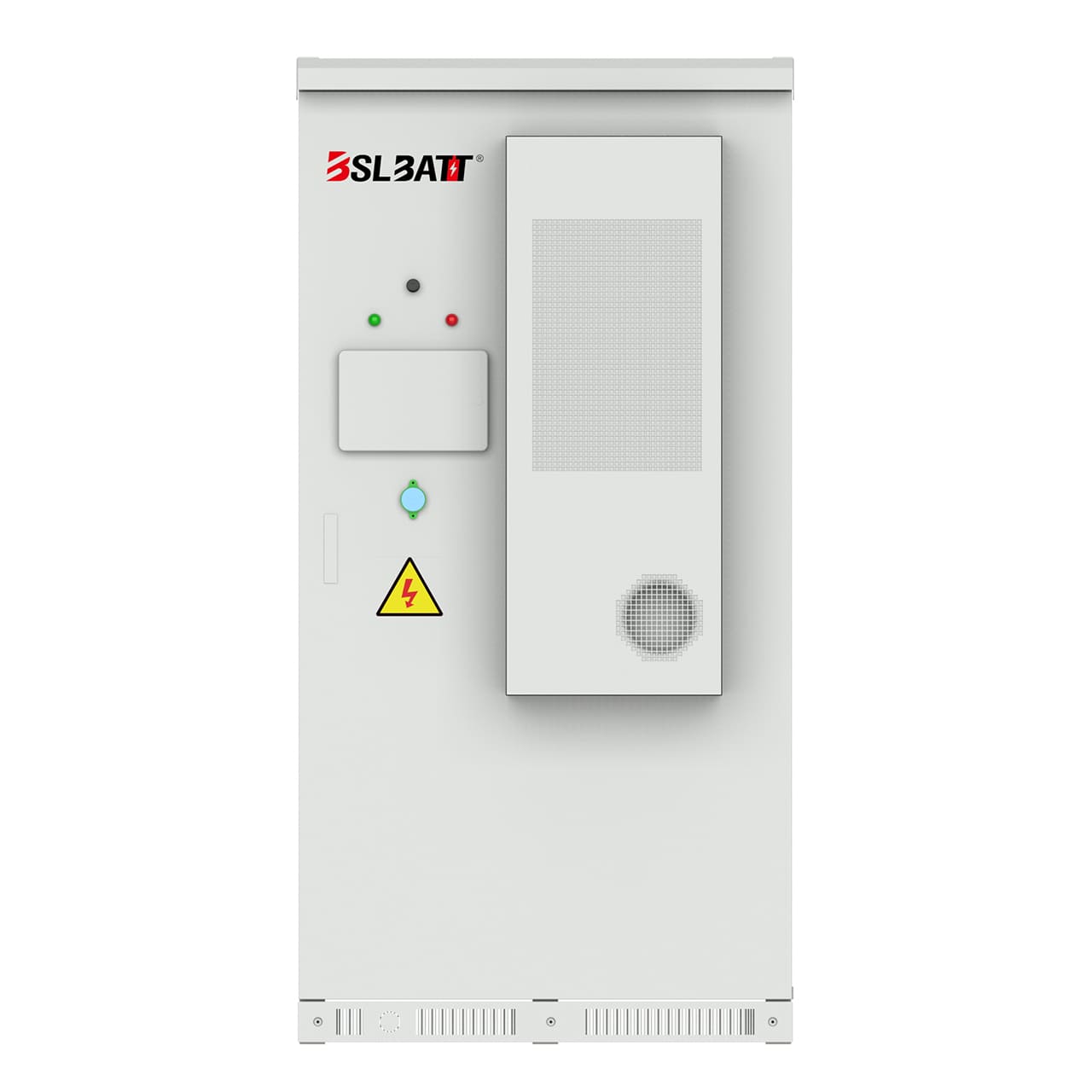Industry Application
Product Type
The 8 Types of Lithium Batteries Explained – Which is Right for You?
Introduction
Lithium batteries have become ubiquitous in modern society, powering everything from consumer electronics to electric vehicles. The lithium battery was first commercialized by Sony in 1991, providing a lightweight rechargeable battery alternative to previous technologies like nickel-cadmium. In the three decades since, ongoing research has led to major improvements in energy density, safety, lifespan and charging rates.
Lithium batteries rely on the flow of lithium ions between a positive electrode (cathode) and negative electrode (anode). During discharge, the lithium ions flow from the anode to the cathode through an electrolyte solution. This generates an electrical current that powers the device. When charging, an external voltage is applied to reverse the flow of lithium ions back to the anode.
Different lithium battery chemistries have emerged over the years, each with their own advantages and tradeoffs. Early lithium-ion batteries used lithium cobalt oxide cathodes, while more modern variants use nickel, manganese and aluminum cathodes. New chemistries like lithium iron phosphate further enhance stability and safety. Solid state lithium batteries with solid electrolytes rather than liquid are also an area of active research.
The high energy density and lightweight nature of lithium batteries have made them ideal for powering consumer devices and vehicles. Continued improvements in lithium battery technology will play a key role in enabling wider transportation electrification and adoption of renewable energy in the years ahead.

BSLBATT is a professional lithium-ion battery manufacturer, including R&D And OEM service over 20 years, our products are qualified with ISO/CE/UL/UN38.3/ROHS/IEC standard. The company is on a mission to develops and produces advanced series “BSLBATT” (Best Solution Lithium Battery). BSLBATT Lithium products power a range of applications including, Solar-Powered Solutions, microgrid, Household energy storage, golf cart, Marine, RV, industrial battery, and more. The company offers a full range of services and high-quality products that continue to pave the way forward to a greener and more efficient future for energy storage. Various types of lifepo4 battery for your selection!
Primary Lithium Batteries-lithium battery types

Primary lithium batteries are non-rechargeable, one-time use batteries that contain metallic lithium. They have a higher energy density than most other primary battery types, providing more energy storage per weight.
Some key characteristics of primary lithium batteries:
• Use pure lithium metal as the anode material. This provides very high energy density, but can also introduce safety issues if not properly contained.
• Not rechargeable. Primary lithium batteries are designed for single use applications. Attempting to recharge them could lead to overheating and potential explosion hazard.
• Self-discharge more quickly than other primary battery types. They will lose power gradually even when not in use. Useful lifespan is typically 5-10 years.
• More expensive than alkaline and carbon-zinc disposable batteries. The high energy density makes them best suited for devices with long battery life requirements.
• Require protective circuitry to prevent operation outside safe voltage and temperature ranges. Unprotected lithium batteries can be unsafe.
• Commonly used in watches, calculators, remote car locks, and other devices requiring compact, long-life batteries. Also utilized in specialty high-power devices.
Primary lithium batteries offer performance advantages over conventional disposable batteries, but require extra safety considerations. They are best for low-drain devices with long lifespan requirements, where the benefits of light weight and high energy density justify the higher cost.
Secondary Lithium-Ion Batteries-lithium battery types

Secondary lithium-ion batteries are rechargeable and the most common type of lithium battery in use today. They have high energy density, no memory effect, and only lose 5% of their charge per month when not being used. This makes them well suited for consumer electronics like laptops, phones, and tablets that require frequent recharging.
The cathode is made of lithium metal oxide such as lithium cobalt oxide and the anode is made of graphite or titanium oxide. During discharge, the lithium ions flow from the anode to the cathode through the electrolyte and separator. When charging, the ions flow back to reinsert themselves into the anode.
Lithium-ion batteries have high energy density but can degrade over time with high temperature or overcharging. They also have safety concerns if damaged or defective. However, when used properly they offer an efficient rechargeable power source for portable electronics. Continued research aims to increase energy density further and improve safety and longevity.
Lithium Polymer Batteries-lithium battery types

Lithium polymer batteries, sometimes abbreviated LiPo, utilize a flexible, pouch design that allows the electrolyte to be suspended in a solid polymer composite. This gives lithium polymer batteries a lighter, thinner and more malleable form factor compared to rigid cylindrical or prismatic cells.
The polymer electrolyte makes the batteries safer by reducing the chance of electrolyte leakage. It also allows manufacturers to shape the cells into a variety of sizes to better fit the enclosure of a device. Lithium polymer cells can be made very thin, only a few millimeters thick. This compact size makes them well-suited for small consumer electronics like smartphones and tablets.
The flexible enclosures and electrolyte provide some additional shock and vibration resistance versus rigid cells. However, the polymer material is still vulnerable to punctures. Care must be taken not to damage lithium polymer cells to avoid internal short circuits.
Lithium polymer batteries generally have a lower internal resistance than equivalent lithium-ion batteries. This results in better discharge performance and the ability to provide high current pulses. The chemistry also has a flatter discharge curve than lithium-ion, maintaining a higher average voltage for more of its capacity.
Overall, the pouch design of lithium polymer batteries provides advantages in weight, size and shape flexibility compared to traditional battery form factors. This makes them a popular choice for portable consumer devices, drones, radio controlled models and other applications where small, lightweight batteries are required.
Lithium Iron Phosphate Batteries LiFePo4-lithium battery types


BSLBATT Lithium products power a range of applications including, Solar-Powered Solutions, microgrid, Household energy storage, golf cart, Marine, RV, industrial battery.
Lithium iron phosphate (LiFePO4) batteries utilize a cathode made of lithium iron phosphate material. This provides a safer and more stable chemistry compared to other lithium-ion batteries.
The key advantage of lithium iron phosphate batteries is their long cycle life. They are able to withstand hundreds to thousands of charge/discharge cycles. This makes them well-suited for applications requiring high cycle life like renewable energy storage and electric vehicles.
BSLBATT’s LFP battery has been independently developed through the BMS battery management system, which can increase the cycle life of the power battery to 4,000+ times and the energy storage battery to 6,000-10,000+ times.
LiFePO4 batteries have a lower energy density than other lithium-ion batteries, but their stable chemistry provides very good safety. They are inherently non-combustible if damaged or overcharged. There is no thermal runaway risk.
Overall, lithium iron phosphate batteries offer a great balance of safety, long cycle life, and good performance. Their relatively safe and stable chemistry makes them a popular choice for many applications despite their slightly lower energy density compared to other lithium-ion batteries. The long cycle life capability is especially important for uses like electric vehicles.
Lithium Titanate Batteries-lithium battery types

Lithium titanate batteries represent an advancement over traditional lithium-ion batteries. They use lithium titanate rather than graphite on the anode. This gives lithium titanate batteries some key advantages:
Fast charging – Lithium titanate allows for much faster charging times compared to standard lithium-ion batteries. Some lithium titanate batteries can charge to over 80% capacity within 10 minutes. This makes them well suited for applications that require quick recharging like electric vehicles.
Long lifespan – The lithium titanate anode is highly stable. This allows the batteries to handle thousands of charge/discharge cycles. Lithium titanate batteries can generally last over 10 times longer than standard lithium-ion batteries before needing replacement. Some versions boast lifespans of 20 years or more.
Safety – Lithium titanate batteries are less prone to thermal runaway issues and have increased stability. This gives them an edge in safety critical applications like medical devices.
Low-temperature performance – The anode material enables superior discharge abilities in cold temperatures. Lithium titanate batteries can operate efficiently even down to -30°C.
The high cost of lithium titanate batteries has limited their adoption so far. However as production scales up, the costs are expected to become more competitive with standard lithium-ion. Their exceptional lifespan and cycling abilities make lithium titanate batteries ideal for roles requiring reliable, long-term power.
Lithium Sulfur Batteries-lithium battery types
Lithium sulfur batteries are an exciting new battery chemistry that offer significantly higher energy density compared to lithium ion batteries. These batteries utilize sulfur as the cathode material, which can theoretically store around 5 times more energy by weight than traditional lithium cobalt oxide cathodes used in lithium ion batteries.
Some key advantages of lithium sulfur batteries:
• Extremely high theoretical energy density of around 500 Wh/kg or 2800 Wh/L. This is 2-5 times higher than lithium ion batteries.
• Use of sulfur as the cathode material is abundant and much cheaper than cobalt or nickel used in lithium ion batteries. This can significantly reduce costs.
• Sulfur cathodes are lightweight compared to metal oxide cathodes.
• No risk of thermal runaway like lithium ion batteries.
• Environmentally benign materials.
However lithium sulfur batteries still face some technical challenges before widespread commercialization:
• Short cycle life due to loss of sulfur active material over cycles. Research is ongoing into additives and coatings to address this.
• Low coulombic efficiency. The complex reaction mechanisms lead to loss of active sulfur.
• Volume expansion of sulfur up to 80% during discharge leading to mechanical degradation of the cathode. Nanostructuring of the sulfur helps address this.
• Poor electrical conductivity of sulfur requiring conductive additives.
• Lithium metal anode reacts with dissolved polysulfides leading to rapid capacity fade. Protective coatings on the lithium metal are being developed.
If these challenges can be overcome, lithium sulfur batteries could offer a safe, high energy density, low cost battery technology for applications like electric vehicles and grid storage. But they still remain a promising battery chemistry requiring further research and development.
Solid State Lithium Batteries-lithium battery types

Solid state lithium batteries use a solid electrolyte instead of a liquid or polymer electrolyte. This makes them safer than liquid electrolyte batteries since there is no risk of the electrolyte leaking or catching fire.
The solid electrolyte also enables a higher energy density compared to liquid electrolyte lithium-ion batteries. The solid electrolyte takes up less space in the battery, allowing more room for the anode and cathode materials. Some prototype solid state batteries have demonstrated energy densities over 500 Wh/L compared to around 250-300 Wh/L for conventional lithium-ion.
The solid electrolyte also has greater thermal and chemical stability. It can withstand higher temperatures without breaking down compared to liquid electrolytes. This helps improve the battery safety and could allow faster charging rates in the future.
The main challenges with solid state lithium batteries are developing electrolytes with high enough lithium ion conductivity and ensuring good contact between the solid electrolyte and electrode materials. But many companies and research groups are actively working to commercialize solid state lithium batteries, since their advantages in safety and energy density make them very promising for electric vehicles, consumer electronics and other applications.
Lithium Air Batteries-lithium battery types
Lithium air batteries represent an exciting future battery technology that promises extremely high energy densities, even exceeding gasoline. They use lithium metal as the anode and oxygen from the air as the cathode.
When discharging, the lithium metal gives up electrons which combine with lithium ions and oxygen to form lithium peroxide. This chemical reaction releases energy to power the battery. During charging, the process is reversed – lithium peroxide breaks down to release oxygen, electrons return to the lithium metal anode, and lithium ions return to the electrolyte.
A major advantage of lithium air batteries is their theoretical energy density of around 12kWh/kg, which is 10 times higher than lithium ion batteries. This massive energy density is enabled by using oxygen from the ambient air rather than storing a heavy cathode material.
However, lithium air batteries still face significant technical challenges. The lithium metal anode is unstable and prone to forming dendrites during charging. The reaction products can clog pores in the air cathode, reducing performance. There are also issues with efficiency, cycle life, and safety that must be addressed before lithium air batteries become commercially viable. But if these challenges can be overcome, lithium air batteries could provide a revolutionary advancement in energy storage. Their exceptionally high energy density makes them an exciting prospect for long-range electric vehicles and other applications demanding the highest possible energy in the smallest package.
Conclusion
Lithium batteries have revolutionized portable electronics and electric vehicles by providing high energy density in a lightweight package. As research and development continues, lithium batteries are likely to keep improving in terms of capacity, charging speeds, safety, and cost.
Primary lithium batteries, while not rechargeable, provide long shelf lives and high power output for single-use devices. Secondary rechargeable lithium-ion batteries currently dominate the consumer electronics market and are moving into larger applications like EVs. Variants like lithium polymer and lithium iron phosphate offer advantages in flexibility and safety.
Emerging battery chemistries like lithium sulfur and lithium air aim to boost energy density substantially compared to lithium-ion. Solid state lithium batteries could provide even higher power and safety by replacing liquid electrolytes with solid components.
Overall, lithium battery technology has progressed rapidly in the past few decades and will continue to be a very active area of innovation. We can expect to see lithium batteries power more and more aspects of our modern technological society, while steadily improving in critical areas like cost, safety, and environmental sustainability. The future is bright for these versatile high-performance batteries.
If you have any questions on this topic, please feel free to contact us.
A Guide to Choosing the Best 48V Lithium Golf Cart Battery
Would it be worth investing in a 48V ...
10 Exciting Ways To Use Your 12V Lithium Batteries
Back in 2016 when BSLBATT first began designing what would become the first drop-in replacemen...
BSLBATT Battery Company Receives Bulk Orders from North American Customers
BSLBATT®, a China Forklift battery manufacturer specializing in the material handling indust...
Fun Find Friday: BSLBATT Battery is coming to another great LogiMAT 2022
MEET US! VETTER’S EXHIBITION YEAR 2022! LogiMAT in Stuttgart: SMART – SUSTAINABLE – SAF...
Looking for new Distributors and Dealers for BSL Lithium Batteries
BSLBATT battery is a fast-paced, high-growth (200% YoY ) hi-tech company that is leading the a...
BSLBATT to Participate at MODEX 2022 on March 28-31 in Atlanta, GA
BSLBATT is one of the largest developers, manufacturers, and integrators of lithium-ion batter...
What makes the BSLBATT the Superior Lithium Battery for your Motive Power needs?
Electric forklift and Floor Cleaning Machines owners who seek the ultimate performance will fi...








